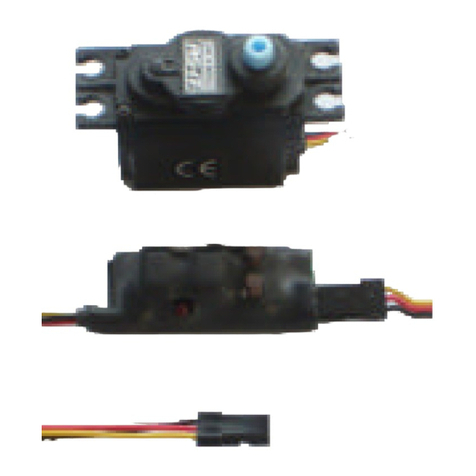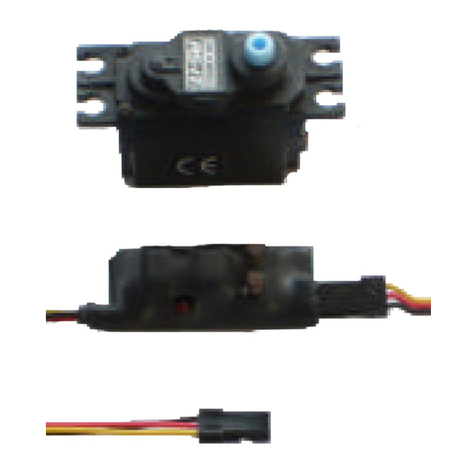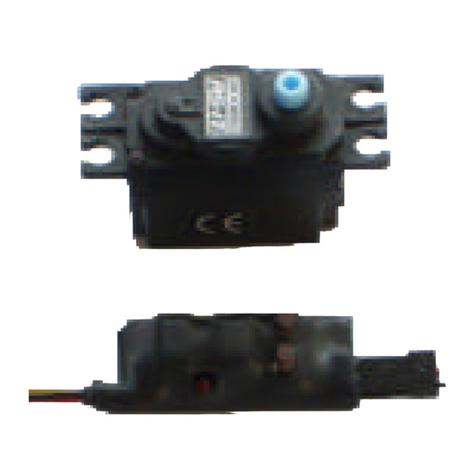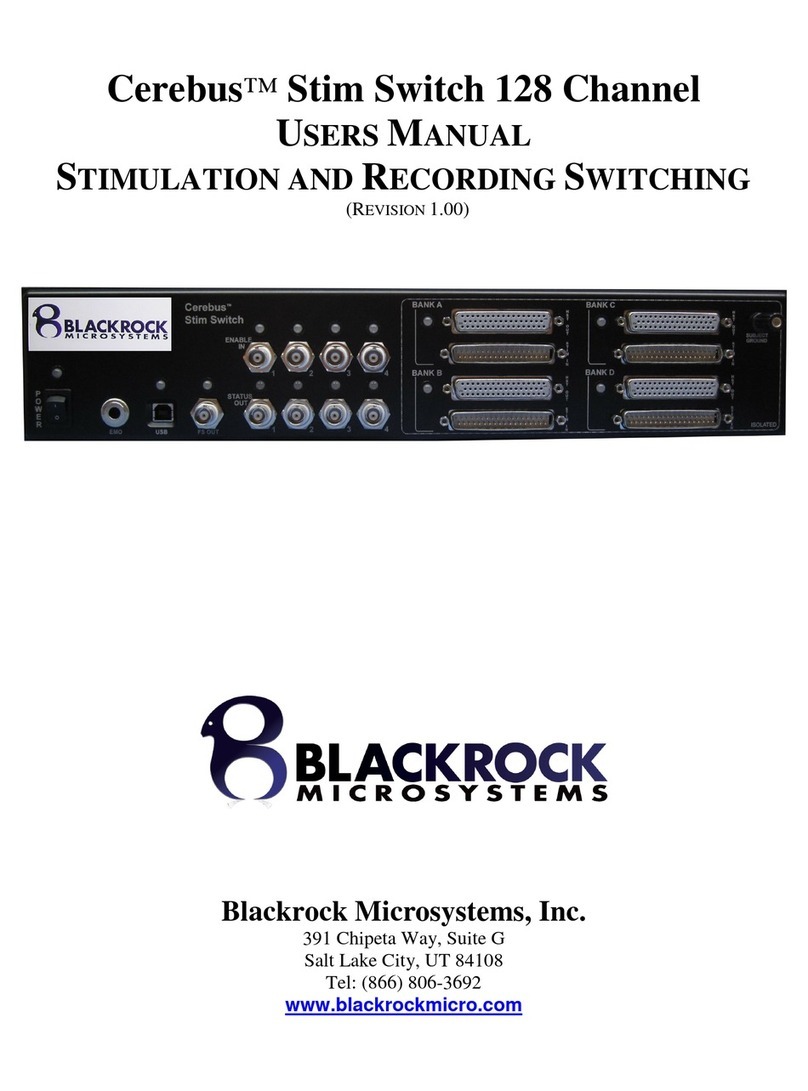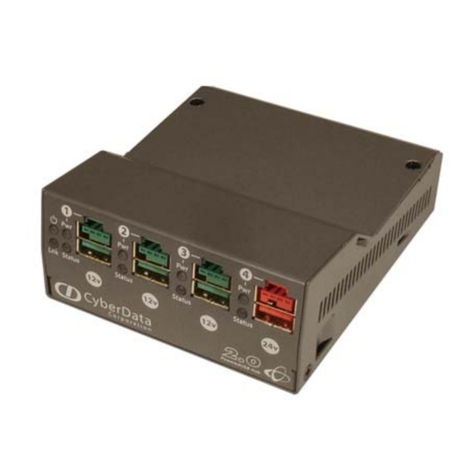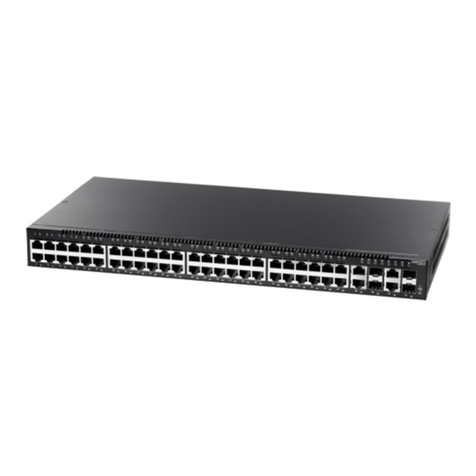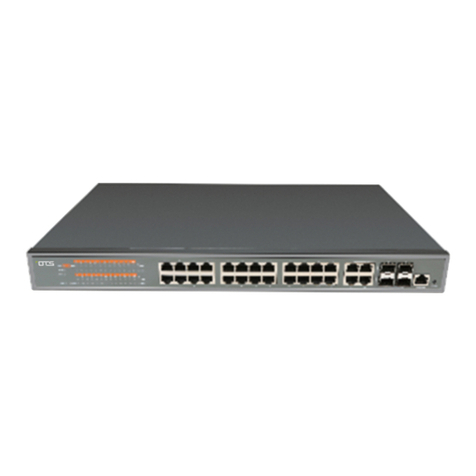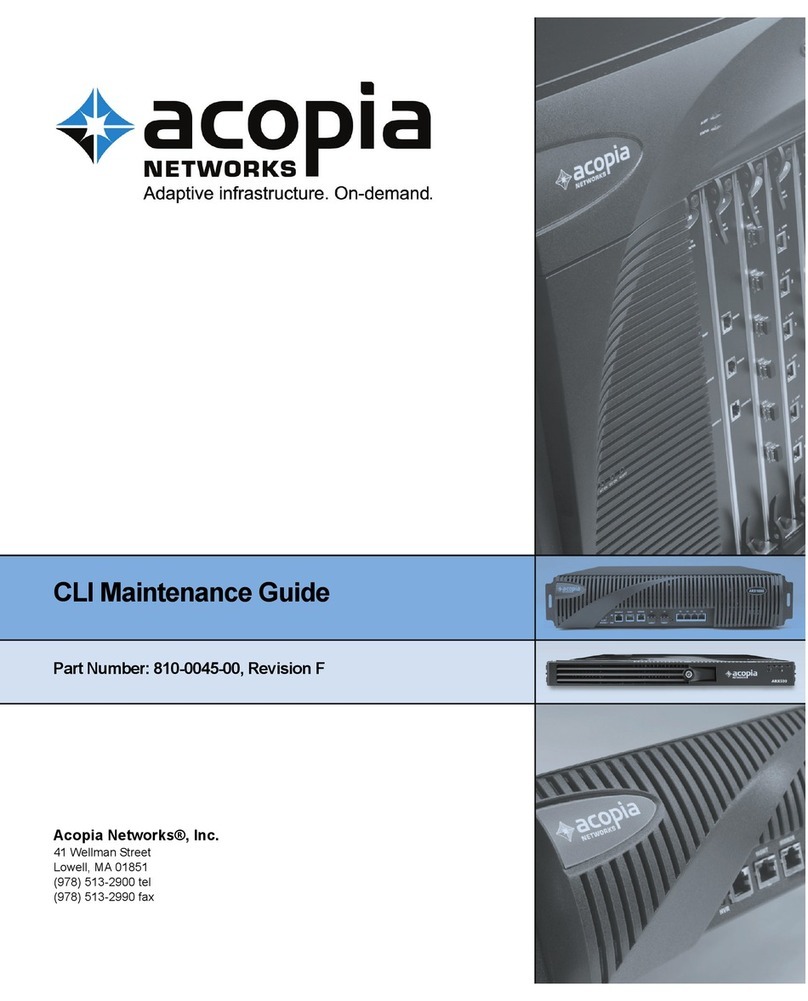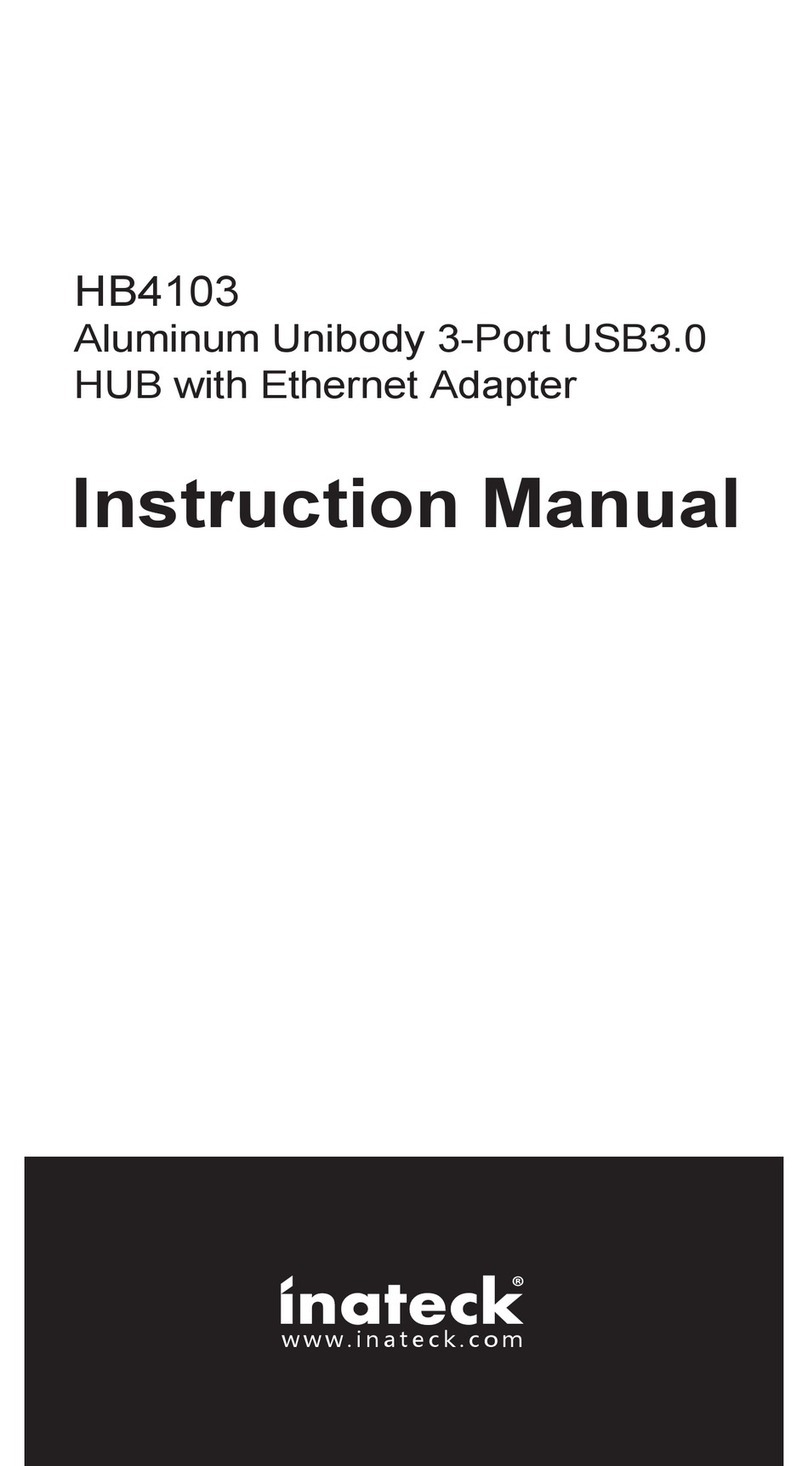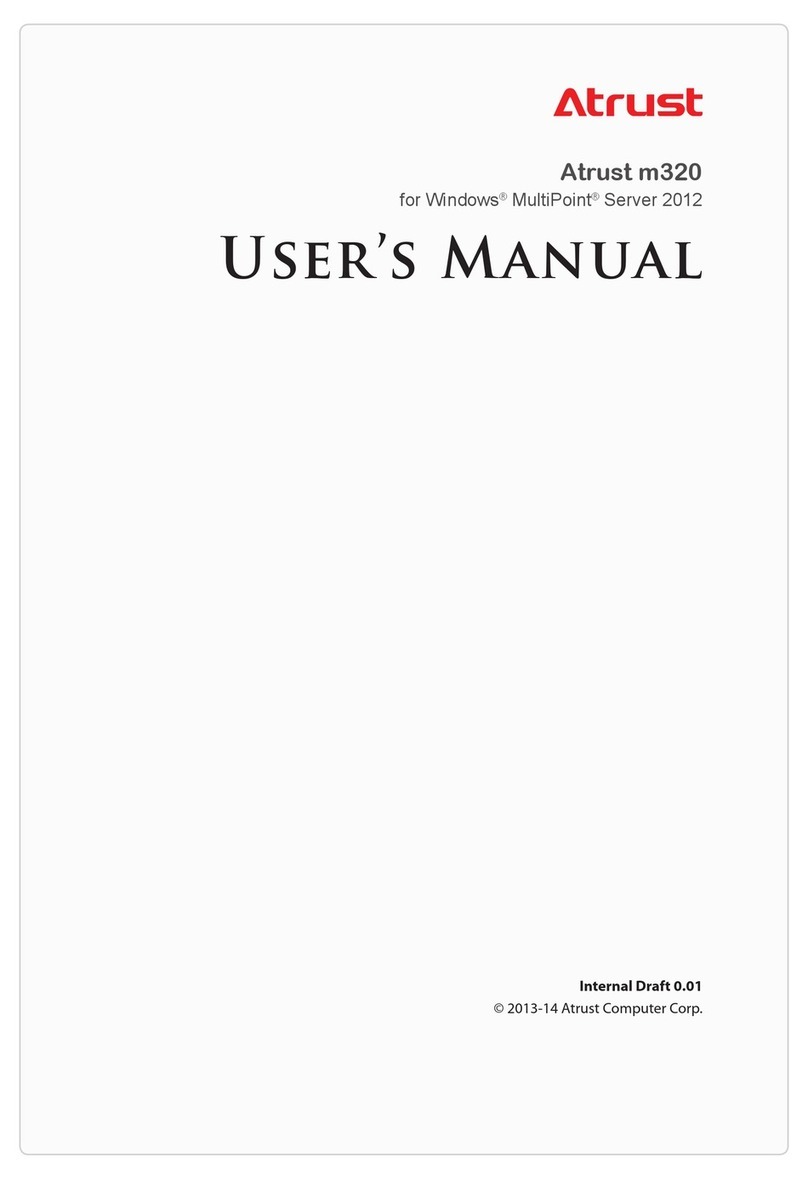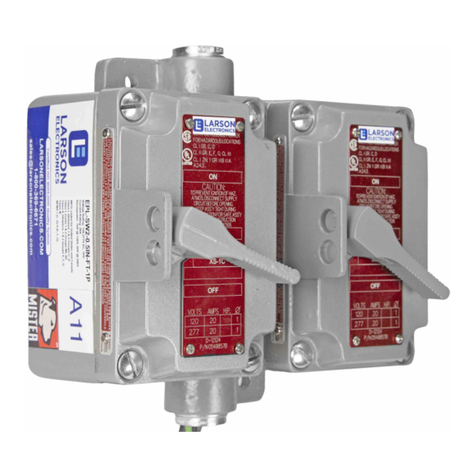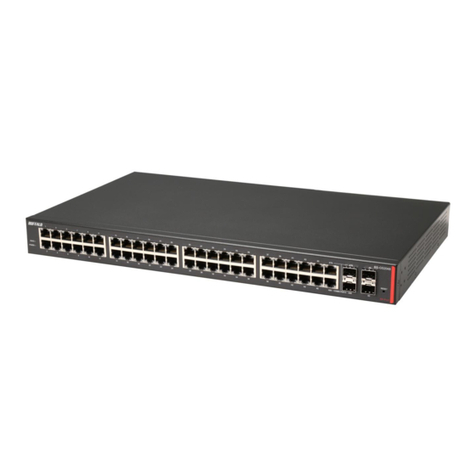Timpdon Marine MRSS4 User manual

TimpdonMarine Tel 0161 -980 8054 Issue 1–June 2011
Web www.timpdon.co.uk
EMail marine@timpdon.co.uk
Features
•Switched control of a standard servo between two end points, at a
controlled rate. Can use any joystick or switched digital transmitter channel.
•Limit Switch input to stop rotation when switch closed.
•User programmable servo positions, with programmable rotation speed.
•Can be re-programmed in-situ at any time, using built-in push button
switches.
•Programmed settings retained when power removed.
•Accommodates servo position and transmitter pulse widths in range 0.6 ms
to 2.4 ms. Auto zero with centre neutral joysticks.
•Digital microprocessor controlled.
•Small size –45mm x 18mm x 12mm.
•Mounted inline between RC receiver and servo –powered from receiver.
Timpdon
Marine Radio Servo Switch
Model MRSS4
Controlled rotation between
two servo positions, with
Limit Switch.
Programmable servo
positions and rotation rate.
Inline adaptor -fitted
between RC receiver and
servo.
Powered from RC receiver.

TimpdonMarine Tel 0161 -980 8054 Issue 1–June 2011
Web www.timpdon.co.uk
EMail marine@timpdon.co.uk
Installation and Wiring
S2
S1
LED V+
Control
0V Red
Yellow
Black
Connector to Servo
MRSS4
Connector to
Radio Receiver
Limit
Switch
White Blue
1Connect the flying lead to the selected channel of your radio receiver.
2Connect your servo to the 3 pin plug on the MRSS4, with the black servo
lead adjacent to edge of unit, and the yellow or white data lead towards
the middle.
3Connect one or more normally open limit switches [not supplied]
between the white and blue wires,
4Power up the transmitter. Then power up the receiver.
5Check that, once the receiver has bound to the transmitter, the LED on
the MRSS4 illuminates continuously. This indicates that the MRSS4 is
receiving valid RC pulses. The MRSS4 has a in-built start up delay of 4.5
seconds to permit binding. During this period, the LED will flash. At the
end of the start up delay, the servo will automatically set initially to the
reset position.
6Check that, when you set the joystick to maximum
, the servo rotates at a
controlled rate to the set position, when you set the joystick to minimum
,
the servo rotates back to the reset position, and when you set the
joystick to the centre neutral position,
there is no change to the previous
action.
7Check that, if a limit switch is closed while the servo is rotating, motion
immediately stops, and no further motion in the same direction is possible
until the limit switch is opened.
However, if the joystick is set to the opposite direction while the limit
switch is closed and motion is stopped, reverse rotation operates
normally.

TimpdonMarine Tel 0161 -980 8054 Issue 1–June 2011
Web www.timpdon.co.uk
EMail marine@timpdon.co.uk
8If, at any time, radio communication is lost, theLED will extinguish and
the servo will maintain its last setting. Once communication is re-
established, normal operation will start again automatically.
9Now program the MRSS4, as described below, for the required servo
positions and rotation rate for your system.
On completion of programming, the programmed settings will be saved in
non-volatile memory, and the system will automatically re-boot in normal
operation mode.
10 Your system is now ready for use.
Principles of Operation
0.8 1.0 1.2 1.4 1.6 1.8 2.0 2.2
RC Pulse
Width in ms
Set
Reset
Auto-Zero
Limits of
Auto-Zero
0.2 ms 0.2ms
1In a standard RC system, the output from each receiver channel is a
variable width pulse, nominally between 1.0 ms and 2.0 ms in width,
repeated at intervals of approximately 20 ms. A pulse width of 1.0 ms
corresponds to the transmitter joystick at minimum, 2.0 ms to maximum
and 1.5 ms to centre.
2Within the MRSS4, the servo output is limited to one of two actions,
depending on the setting of the transmitter joystick:
Joystick Action
Maximum Rotate to programmed set position
Minimum Rotate to programmed reset position
The rotation rate of the servo, at all times, is constant.

TimpdonMarine Tel 0161 -980 8054 Issue 1–June 2011
Web www.timpdon.co.uk
EMail marine@timpdon.co.uk
3The servo output pulse widths corresponding to the maximum and
minimum joystick positions [set and reset] are user programmable, as is
the rotation rate
of the servo between these positions. The available range
of servo output pulse widths is 0.6 ms to 2.4 ms.
4On power up, provided that the transmitter is on, the MRSS4 will auto zero
within an input pulse width range of 1.3 to 1.7 ms. The maximum and
minimum switch levels will then be set at +/-0.2 ms around the auto zero
position. The last valid auto zero setting is retained in non-volatile memory.
If the transmitter is off at power up, or the pulse widths are outside the
permitted limits for auto zero, the unit will retain the last valid auto zero
level, if available, or set the zero position to 1.5 ms, if not.
Programming
Programming or re-
programming may be performed at any time, using push
button switches S1 and S2, with indication provided by theLED.
Programming is performed in three steps, in order –Servo Reset Position,
Servo Set Position and Servo Rotation Rate
The set and resetlimit positions of the servo may be set anywhere within
its operating range, subject to a limitation of RC pulse widths of 0.6 ms to
2.4ms, as described above.
Programming Procedure
Programming may be undertaken with the transmitter either on or off.
Press and hold both switches S1 and S2 together.
The LED will flash rapidly for about 5 seconds, and then go on
continuously.Then release both switches.
If you release either switch before the LED stops flashing, the unit
will remain in normal operation.
1You are now in Step 1 –Servo Reset Position
The LED will flash with single shortflashes, and the servo will move to
the current reset position.

TimpdonMarine Tel 0161 -980 8054 Issue 1–June 2011
Web www.timpdon.co.uk
EMail marine@timpdon.co.uk
Adjust the required reset position using either S1to increase the servo
position or S2to decrease it. The actual rotation direction is servo
dependent.
When satisfied, press and hold both switches S1 and S2 together.
The LED will flash rapidly for about 2 seconds, and then go on
continuously. Then release both switches.
If you release either switch before the LED stops flashing, the unit
will remain in program Step 1.
The unit will then proceed automatically proceed to program Step 2.
2You are now in Step 2 –Servo Set Position
The LED will flash with double shortflashes, and the servo will move to
the current set position.
Adjust the required set position using either S1to increase the servo
position or S2to decrease it. The actual rotation direction is servo
dependent.
When satisfied, press and hold both switches S1 and S2 together.
The LED will flash rapidly for about 2 seconds, and then go on
continuously. Then release both switches.
If you release either switch before the LED stops flashing, the unit
will remain in program Step 2.
The unit will then proceedautomatically to program Step 3
3You are now in Step 3 –Servo Rotation Rate
The LED will flash with single long flashes, and the servo will rotate
continuously between the current set and reset positions at the current
rotation rate.
There are sixteen separate rotation rates, between 0.25 and 20 seconds
for 90°rotation. Select the required rotation rate using either S1to
increase the rate or S2to decrease it. After the last step, the rate will
revert to the other end of the scale.

TimpdonMarine Tel 0161 -980 8054 Issue 1–June 2011
Web www.timpdon.co.uk
EMail marine@timpdon.co.uk
When satisfied, press and hold both switches S1 and S2 together.
The LED will flash rapidly for about 2 seconds, and then go on
continuously. Then release both switches.
If you release either switch before the LED stops flashing, the unit
will remain in program Step 3.
The unit will then save all programmed values to non-volatile memory.
The LED will then flash rapidly for about 4 seconds to indicate completion
of programming, and then the MRSS4 will automatically reboot in normal
operation mode, with the new programmed settings operational.
The MRSS4 is now ready for use.
Notes on Programming
1Once you have entered programming mode, there is no exit until all
programming steps have been completed. If you enter programming mode
inadvertently, and you do not wish to re-program the unit, remove and re-
apply power, to restart in normal operation mode.
2Remember that no new programmed settings are saved until the end of
programming Step 3. All steps must therefore be completed for
programming to be valid.
3
If you make an error during programming, simply repeat the programming
procedure after the unit has re-booted in normal operation mode.
Table of contents
Other Timpdon Marine Switch manuals
Popular Switch manuals by other brands
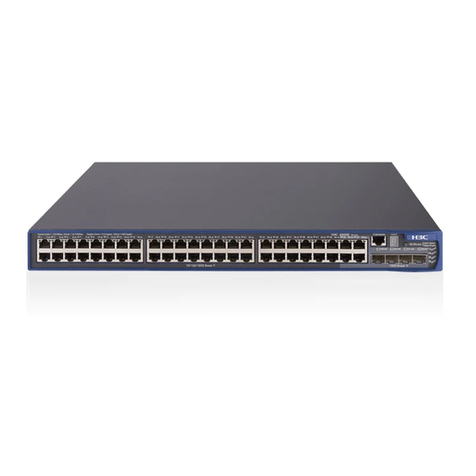
H3C
H3C LS-5500-28C-PWR-SI-OVS installation manual
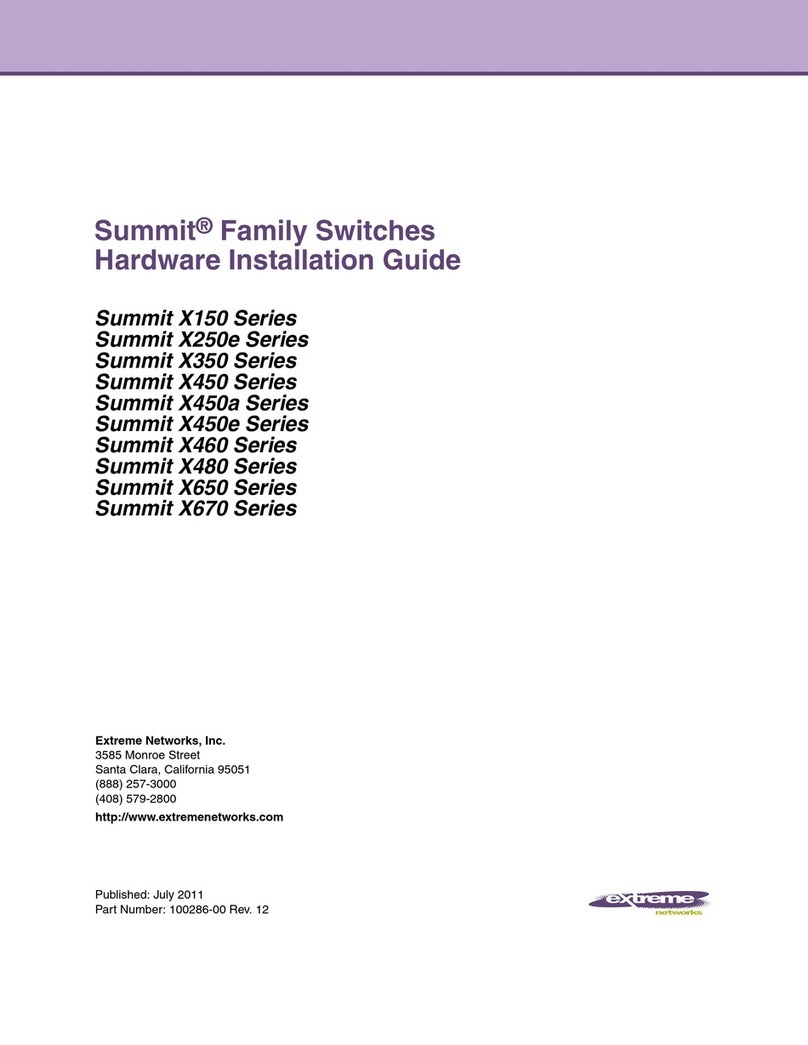
Extreme Networks
Extreme Networks Summit X150 Series Hardware installation guide
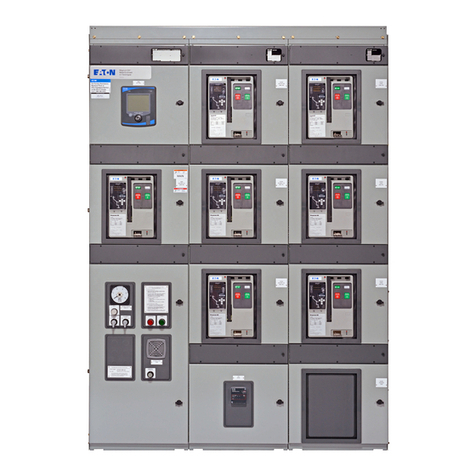
Eaton
Eaton Magnum DS Series Instructional Leaflet
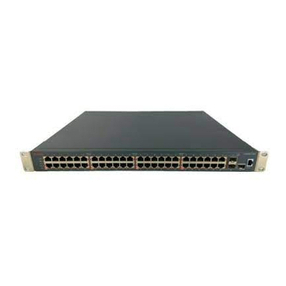
Avaya
Avaya 3500 series Installing
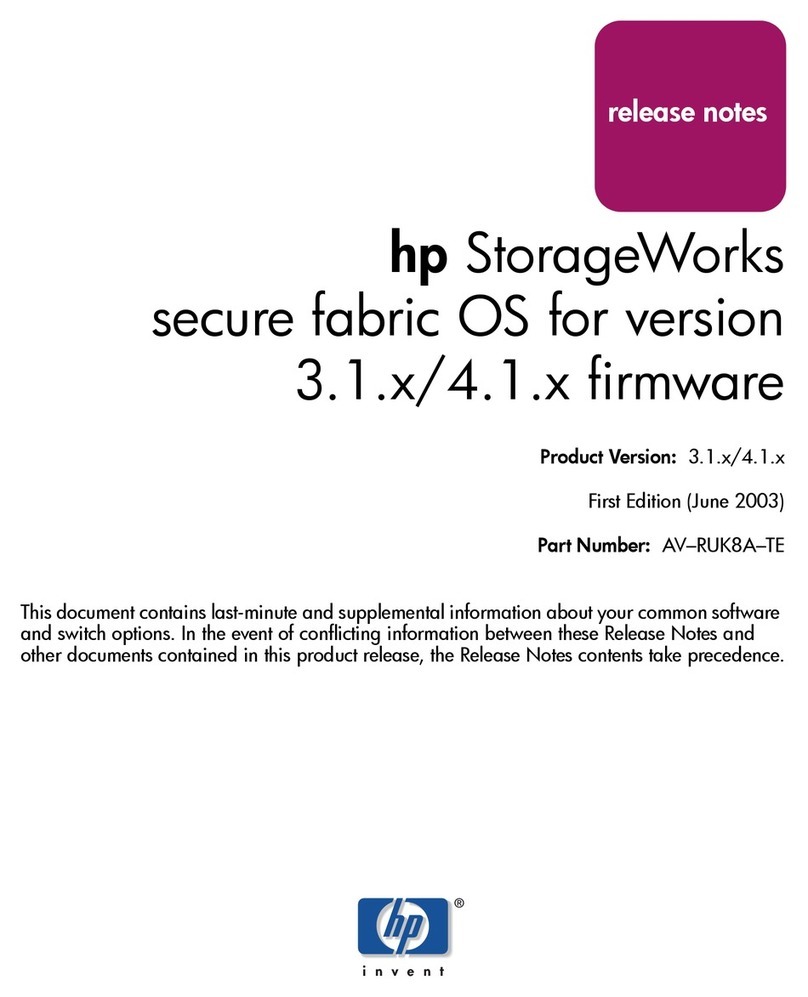
HP
HP A7340A - Surestore FC 1Gb/2Gb Switch 16B Firmware release notes

CommFront
CommFront USW-2206 SFP quick start guide
